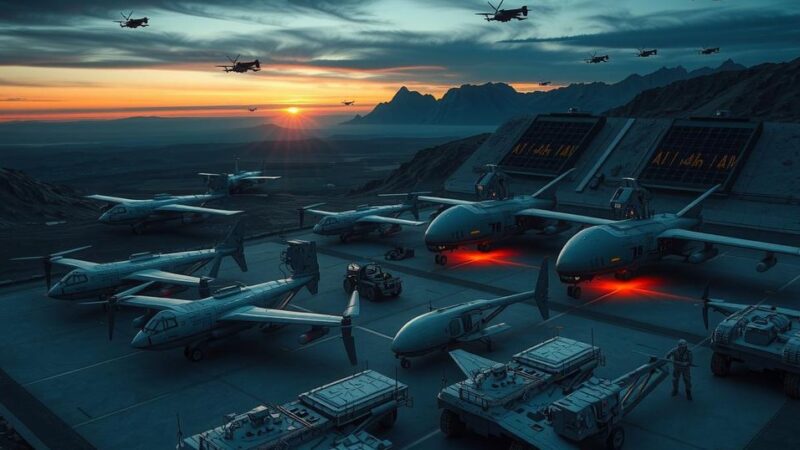The Trump administration is drafting a travel ban that may affect 43 countries, featuring a “red” list of 11 countries completely banned from entry and an “orange” list of 10 subjected to restricted travel. Continuous reviews by various officials are expected before final approval.
The Trump administration is contemplating a new travel ban potentially affecting citizens from 43 countries, expanding upon earlier restrictions from his first term. According to officials familiar with the draft, it categorizes countries into tiers based on entry restrictions for their citizens.
The draft reveals a “red” list comprising 11 countries whose citizens would be completely barred from entering the U.S. This list includes Afghanistan, Bhutan, Cuba, Iran, Libya, North Korea, Somalia, Sudan, Syria, Venezuela, and Yemen.
Officials, who chose to remain anonymous due to the sensitive nature of the discussions, indicated that this list was created by the State Department several weeks prior, and adjustments could be made before it is finalized. Reviewers from various embassies, regional bureaus, and other security agencies are assessing the draft for accuracy and potential policy implications.
Additionally, the proposal outlines an “orange” list featuring 10 countries subject to travel restrictions, allowing affluent business travelers entrance, while prohibiting those holding immigrant or tourist visas.
This draft underscores ongoing deliberations regarding national security and immigration policy amidst evolving global circumstances.
It is essential to monitor developments regarding this proposed travel ban, as shifts in policy could have significant implications for international relations and travel norms.
In summary, the Trump administration’s potential travel ban draft targets up to 43 countries, with a clear red list of 11 nations facing outright entry bans and an orange list of 10 nations under restricted conditions. The proposal is currently under review, reflecting ongoing security assessments and the need for diplomatic consideration. Future updates will clarify the final composition and implications of this travel ban.
Original Source: www.nytimes.com






